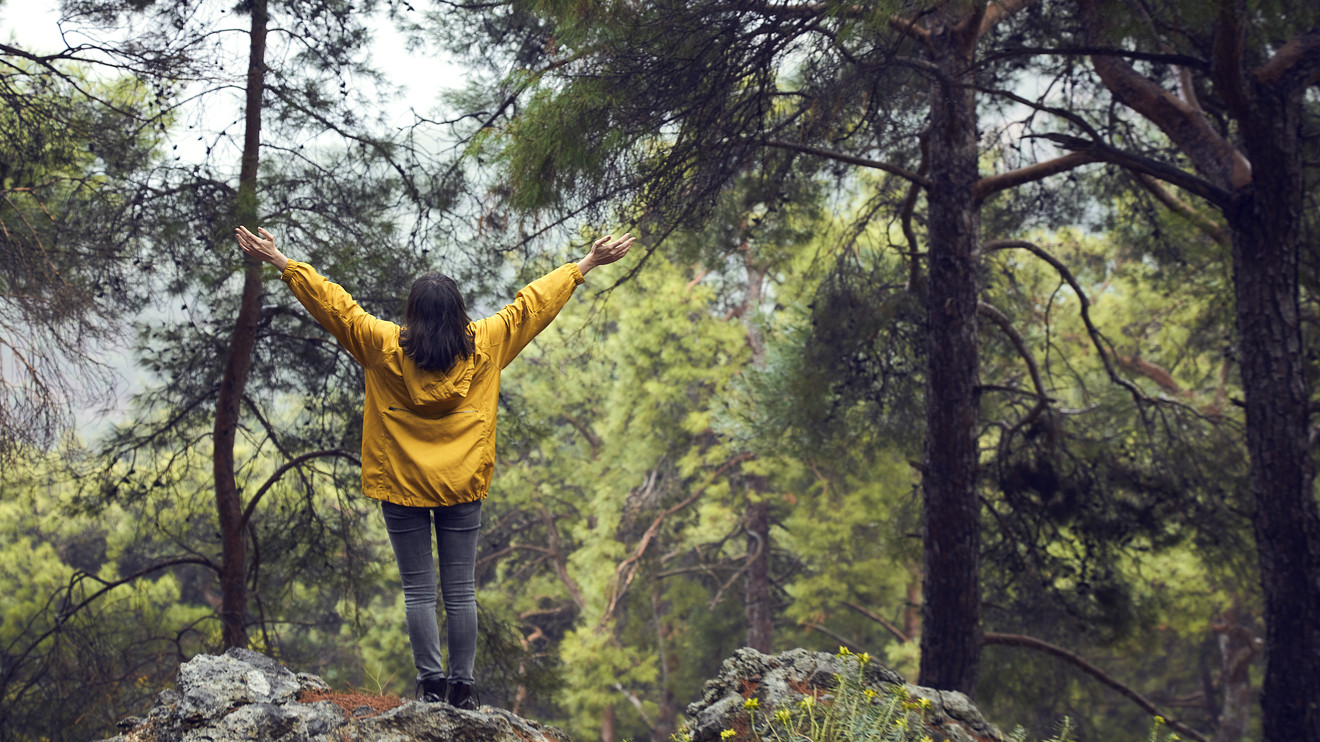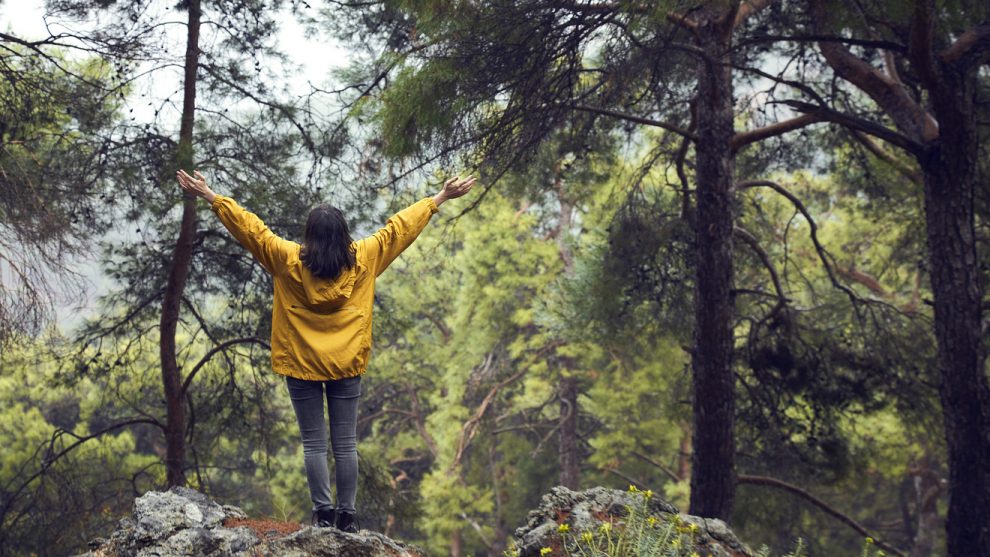
If you’re battling the urge for a cigarette, cocktail or candy bar, research suggests there’s one tactic to try that’s as simple as a walk in the park.
According to a new study, being able to see green spaces from your home, or having access to a local park or garden, is linked with less intense, less frequent unhealthy cravings.
Researchers from the University of Plymouth surveyed 149 subjects between the ages of 21 and 65 with an online questionnaire that asked about the things they craved, which included things like food, chocolate, nicotine, alcohol and caffeine. They were also asked about their proximity to nature, such as whether they could see greenery from their homes, or if they had a nearby park or garden allotment that they could visit. The researchers used maps to determine the proportion of green spaces in each person’s neighborhood, as well.
The result? Those who had regular access to a park or garden reported having less cravings, and the cravings that they did have were less severe. And those whose views from their homes incorporated more than 25% green space saw the same benefit. Those results were found regardless of physical activity — whether the folks were taking 10,000 steps a day and gardening in their local allotment, or if they were merely admiring the view.
Now, these findings do not show a causation, meaning someone can’t simply expect to stop smoking for good by going for a walk. (Read this for a no B.S. guide to quitting smoking for good.) But the link between quality greenery time and less severe, less frequent cravings is “a promising first step,” wrote Dr. Sabine Pahl, the study author and associate professor in psychology at the University of Plymouth.
“Future research should investigate if and how green spaces can be used to help people withstand problematic cravings, enabling them to better manage cessation attempts in the future.”
So why would greenery have any influence on whether you want to binge on junk food or get a drink?
A growing body of research suggests that being in the outdoors has numerous physical and mental health benefits. A recent study of 20,000 people published in the journal Scientific Reports found that people who spent at least 120 minutes a week in nature (averaging about 18 minutes a day) were 20% more likely to say they had higher psychological well-being than people who didn’t, and they were 60% more likely to say they were in good health.
Related: Doing this simple thing for just 18 minutes a day may significantly improve your health
Research has linked stress with smoking, overeating sugary comfort foods and drinking alcohol — so if a nature walk curbs stress, it potentially could curb cravings at the same time.
The findings come at a time when the average American spends 93% of his or her time indoors, according to the Environmental Protection Agency.
Related: Every day is National Houseplant Appreciation Day for these millennials and their #plantbabies
The benefits of nature therapy are becoming so widely recognized that biophilic design — which connects a workspace or a residence to nature by incorporating living plants and running water (or, indirectly, by using more wood and natural textures) — is taking root at Amazon AMZN, +0.50% Etsy ETSY, -0.60% Google GOOG, +0.06% and SquareSpace. Some research suggests that exposure to natural elements, particularly sunlight, improves worker productivity and job satisfaction, and lowers levels of depression and anxiety in employees.
Related: Your office cubicle might soon look like a greenhouse
In fact, doctors in Scotland’s Shetland Islands have even started prescribing nature as treatment for chronic illnesses such as high blood pressure, anxiety and depression. The doctors’ orders include gardening, or walking on the beach and collecting seashells.






